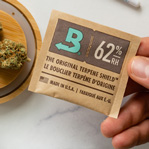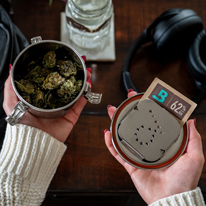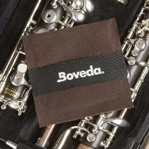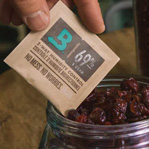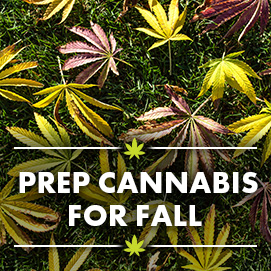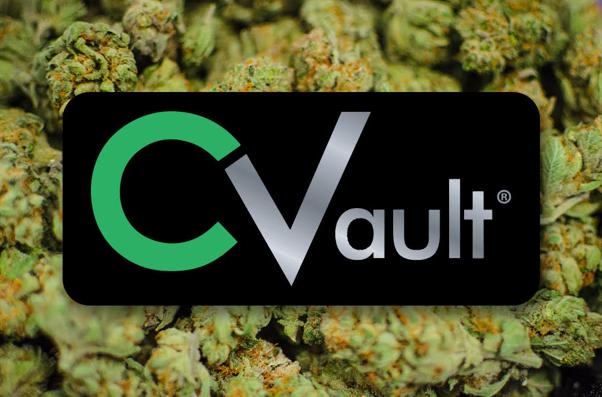Hemp has become quite a popular commodity in recent years and with said popularity comes increased interest in accessing one of its most precious compounds: CBD. We located four hemp extraction method tips for every level hemp enthusiast and the best CBD isolate storage containers.
What is CBD?
A burgeoning market slated to reach a liberal estimate of 20 billion by 2024, consumers and producers globally seem to be catching on to the highly beneficial and non-psychoactive medicinal plant compound known as CBD.
Short for cannabidiol, and pronounced can-uh-BIH-dee-all, this compound is also non-addiction with little known side effects. According to the Harvard Medical School blog, “CBD exhibits no effects indicative of any abuse or dependence potential…. To date, there is no evidence of public health-related problems associated with the use of pure CBD.”
From Epilepsy to chronic pain, depression to inflammation, many are turning to one of two forms of CBD to help manage and heal often unmanageable conditions. If you’ve bought a product containing CBD recently, it contains isolated CBD or Full-Spectrum.
Full-Spectrum CBD and Isolate CBD. What’s the Difference?
There are two main types of CBD on the market, CBD isolate, or Full-Spectrum CBD. Commonly called whole-plant CBD for the synergistic effects produced, Full-Spectrum CBD is believed to be more robust, and in many cases, more beneficial. This idea, also known as the “entourage effect”, suggests that the strength of CBD lies in the teamwork of hemp’s many active compounds.
Pure CBD isolate is no stranger to the good publicity either. Put simply, it’s like its namesake states, pure. Because it strips any additional terpenes, cannabinoids, or other compounds during extraction, the final, isolated product contains only one cannabinoid, CBD. For this reason and because despite its popularity, many are still apprehensive, CBD isolate is a great option for those seeking a THC-free product.
4 Different Extraction Methods
Rick Simpson Method
Names after the OG plant medicine activist himself, Rick Simpson, The Rick Simpson Method is the oldest, most affordable way to extract CBD. It’s also now thought to be the most harmful because of the hydrocarbons used. Butane, pentane, propane, hexane, or acetone as a solvent, thought to leave behind harmful residues.
Carrier Oil Extraction
The second way to extract your CBD is through the carrier oil method. Slightly more complex (and unreliable), yet equally donning a straightforward name, the carrier oil method uses another oil like olive, hemp, or coconut to process. You’ll first need to decarboxylate or activate the plant compounds of your hemp flower by heating it to a specific temperature for an allotted amount of time. After you’ve completed the decarboxylation process, it’s time to add it to your carrier oil and re-heat.
Alcohol Extraction
Ethanol is a versatile and common solvent used to extract CBD. It’s also dangerous. Considered safe by the FDA, ethanol or ethyl alcohol, has been preferred for its odorless and tasteless effects while producing CBD. Unless your extraction operation is large scale with quality control implemented, we’d steer clear of this one. It’s highly flammable and not safe to ingest.
CO2 Extraction
Seems we saved the best for last with this one. CO2, which stands for carbon dioxide, is safe and has a better return on investment via waste production. Compared to 20% waste produced from the alcohol extraction method, extracting your CBD using the CO2 method outputs just 1% of waste.
This method is also quickly becoming an industry standard because of its efficacy and purity. In the most basic description, CO2 acts as a solvent when used at the proper temperature and pressure. The big difference here- no additional chemicals means no additional dangers, like with other solvents. You’ll need specialized equipment that converts CO2 into a liquid that is at supercritical cold temperatures for this method. In this state, the plant matter is perfect for extracting CBD.
CBD Isolate Storage
Now that you’ve extracted your CBD from the hemp plant, you’ll need a place to store it! It’s imperative to store your product in a cool, dark, and dry area and to use within 6 months for the most robust flavor and usability. Also paramount is the container you store it in.
Experts agree that medical-grade stainless steel is key for CBD isolate storage containers because your finished product is only as effective as the material its made from, making storing yours in the CVault the right choice!

